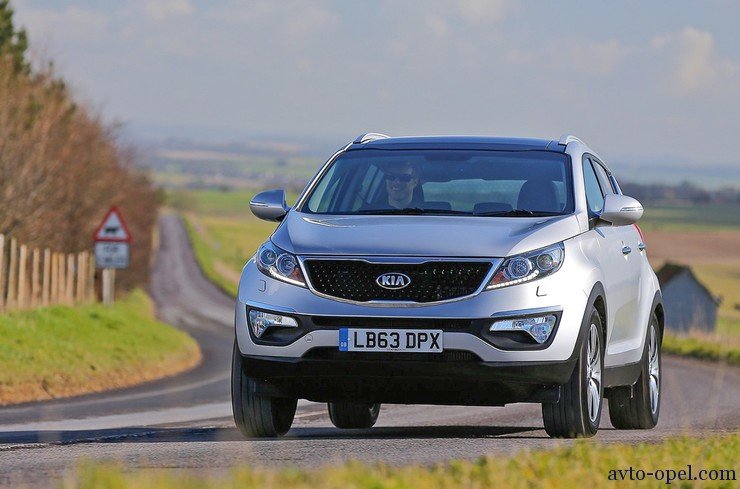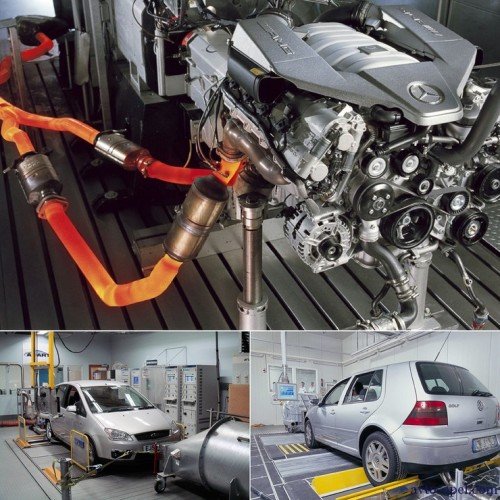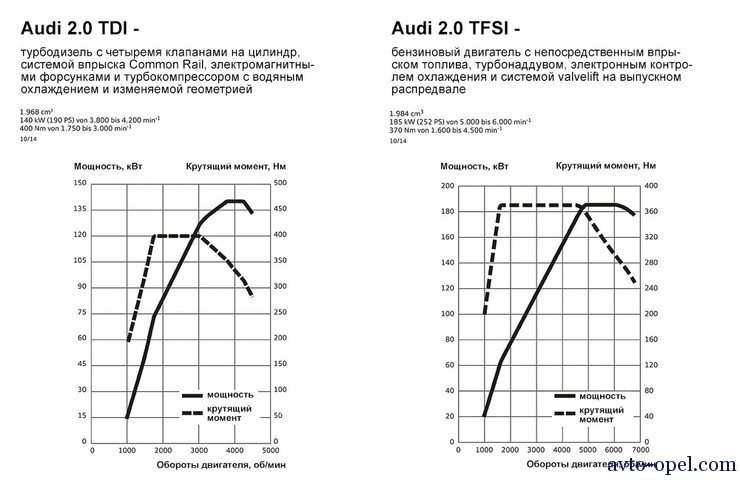Added: 04/29/2005
Engine power is the main indicator for evaluating vehicle and its operational characteristics. In some countries, this indicator is also used to calculate taxes and the cost of insurance.
Unfortunately, the engine power indicators used in international practice in many cases cannot be directly compared with each other, although there are clear relationships between individual units of measurement, for example:
And although kilowatts have already become quite firmly in use, power continues to be determined according to various standards and test instructions. Listed below are organizations that have developed methods for measuring engine power. Certain measurement methods have already been partly abandoned in order to achieve the best possible harmonization in this area.
DIN - German Institute for Standardization
ECE - United Nations Economic Commission for Europe, UNECE
EG - European Economic Community, EEC
ISO - International Organization for Standardization, ISO
JIS - Japanese Industrial Standard
SAE - Society of Automotive Engineers (USA)
In principle, the engine power (P) is calculated from the engine torque (Ma) and the engine speed (n):
The engine torque (Ma) is expressed in terms of the force (P) that acts on the lever arm (I):
P = F × I × n
To determine engine power, these indicators are measured on a stand, and not on a vehicle, using hydraulic brakes or electric generators. The work done by the engine is converted into heat. In order to determine the power characteristic of an engine at full load, measurements are taken, as a rule, after 250 - 500 rpm.
In this case, two methods for determining power should be distinguished:
Net power,
or real
The tested engine is equipped with all auxiliary units necessary for the operation of the vehicle - a generator, a silencer, a fan, etc.
Gross power,
or "lab power" (bench)
The tested engine is not equipped with all auxiliary units necessary for the operation of the vehicle. This power corresponds to the previous one according to the SAE system; gross power is 10–20% higher than net power.
In both cases, it is called "effective power":
P eff - measured installed engine power
R priv \u003d R sff × K
P priv - reduced power, or recalculated for a certain reference state
K - correction factor.
Reference state
Due to the different air densities (due to atmospheric pressure, temperature and air humidity), the air drawn in by the engine is "heavier or lighter", while the amount fuel-air mixture entering the engine will be more or less. Therefore, the measured motor power will be higher or lower.
Fluctuations in atmospheric conditions during the test are taken into account using a correction factor, recalculating the measured power to a certain reference state. For example, engine power is reduced by about 1% for every 100 m of altitude increase, and 100 m of altitude corresponds to about 8 mbar of atmospheric pressure.
Different standards and test instructions provide for different reference conditions and methods for converting the power measured under actual atmospheric conditions at the time of testing:
|
Standard DIN 70020 |
EEC standard 80/1269 (88/195) |
|
|
1013 / P × square root (273 + t / 293) |
(99/Ps) 1.2 × (T/198) 0.6 |
P - atmospheric air pressure
P s - atmospheric air pressure in dry weather (minus the partial pressure of water vapor)
t - temperature, С°
T - temperature, K
But such a recalculation is acceptable only for engines internal combustion with spark ignition (gasoline). For diesel engines, more complex formulas are used. DIN motor power is 1-3% less than EEC or ISO/ECE recalculated power due to different methods of calculating correction factors. Previous quite significant differences in Japanese JIS or SAE power ratings from the German DIN standard were due to the use of gross power or mixed forms of gross/net power.
However, the current modern standards are increasingly in line with the revised ISO 1585 (net power), so the previous significant differences (up to 25%) are no longer found.
Source: Car-Review Catalog
|
||||||||||||
|








